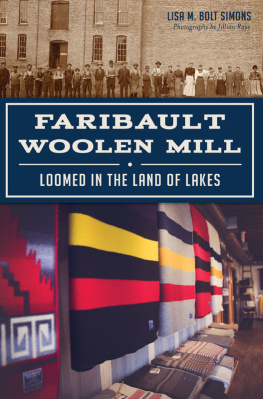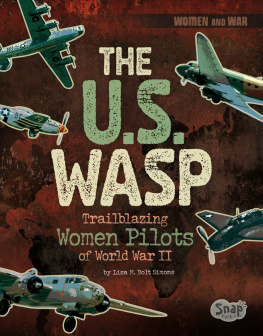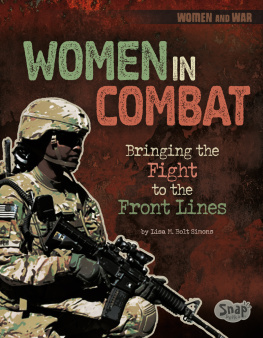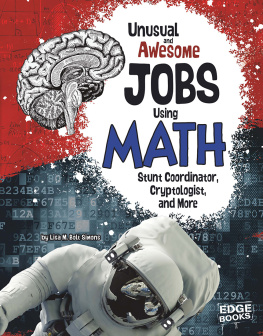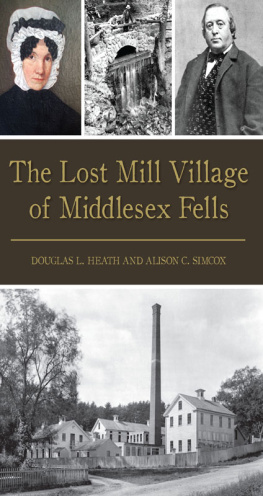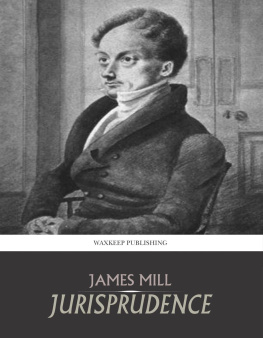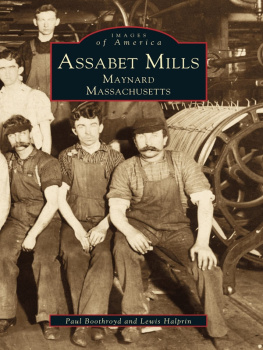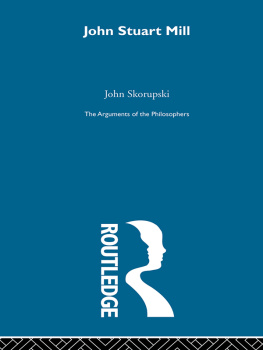

Published by The History Press
Charleston, SC
www.historypress.net
Copyright 2015 by Lisa M. Bolt Simons
All rights reserved
First published 2015
e-book edition 2015
ISBN 978.1.62585.575.6
Library of Congress Control Number: 2015953417
print edition ISBN 978.1.46711.793.7
Notice: The information in this book is true and complete to the best of our knowledge. It is offered without guarantee on the part of the author or The History Press. The author and The History Press disclaim all liability in connection with the use of this book.
All rights reserved. No part of this book may be reproduced or transmitted in any form whatsoever without prior written permission from the publisher except in the case of brief quotations embodied in critical articles and reviews.
To my husband, Dave; twins, Jeri and Anthony; dad (RIP), mom, brothers, nieces, nephews, cousins, in-laws and extended family; and to every single friend of mine. Life would not be the same without all of you.
CONTENTS
PREFACE
Youre driving on I-35, just a mile or two from the first exit for Faribault, forty-five minutes south of Minneapolis, give or take rush hour. A billboard shows a womans hands buckling a small belt around a folded wool blanket. The advertisement invites you to the factory store, exit 59. Youve heard the name before, the Faribault Woolen Mill Company, and you decide to take a look.
You take the exit for Highway 21, cross back under the interstate and head south. You pass the locally owned Reliance Bank on your right, a new Super America on your left. At the second light, you turn left and drive past GrandStay and then Oma Pond with several wooden duck stands near and on the weedy, cat-tailed shore. Bethel Ridge Church is the ponds newer nextdoor neighbor to the north. Take a right at the three-way intersection after you pass the Rice County Fairgrounds. After several houses, you pass the Rice County Historical Society with its one-room schoolhouse and settlers cabin. To the left is an office complex for Faribault Foods, which used to be the retail store for the Faribault Mills. Before you cross a bridge, you see the deep-sepia expanse of Cannon River Reservoir next to Alexander Park. The first dam spills onto mossy rock; a narrow pedestrian bridge crosses its width. The next dam, the Cannon River dam, sits next to a massive building: the Faribault Woolen Mill. Its main rectangular shape rises a few stories tall with time-worn white mortar between reddish bricks. A one-story rectangle extends to the left, newer brick on its face. Behind that, just as tall as the older building, is another multi-story rectangle covered in reddish-colored siding. A pistachio-green blower perches on one of the roofs. A brick chimney column juts into the sky, a reminder that this business still stands tall after 150 years.
Audrey Kletscher Helbling, who lives in Faribault, visited the store a month after its opening. On her Minnesota Prairie Roots blog, she wrote:
Rustic. Simplistic. Minimalist. Those words wash over me as I step into the Faribault Woolen Mill Companys recently reopened retail store. I could have strolled into an art gallery for the artsy vibe of this place. It has that feel, that sense of style and creative energy, which tells you this is no cookie-cutter retail outlet but someplace special.
Rich brown barn wood lies wide on the wall behind the register. Forever in this wood, carved in cursive, is the name of forty-year employee Jas [James] H. Lockwood, with looping os and the tail of the d swirling up and then back under the name, forming a grin, the date 5-21-31 above the curved line. Off-white wainscoting, squared dark metal posts, sliding barn doors on metal rails and exposed ceiling beams all complement the remodeled space.
Blankets are everywhere. They drape metal pipes on the wall and lie perfectly folded on wooden shelvesblankets of solid colors, blankets with stripes, with fringe, even with maps of Minneapolis, St. Paul, New York and Brooklyn weaved into the fabric. A table showcases products for University of Minnesota fans. Old sewing machines give the place a sense of the mills history, one that lends itself to a local-bred company that is now internationally known and cherished.
This book is not about just any woolen mill. Its about beginnings, change, success. Its about fire, failure, closing. Its about second, third and even fourth chances. Its about family. Its about Faribault.
The Faribault Woolen Mill Company.
ACKNOWLEDGEMENTS
First and foremost, though writing about the Faribault Woolen Mill had been a secret interest of mine, I would not have made the connection with The History Press if it werent for Audrey Kletscher Helbling. Thank you for asking about my interest in the initial project.
To Greg Dumais, Hilary Parrish, Anna Burrous and everyone else at The History Pressthank you for everything.
I also want to extend my utmost appreciation to the people at the Faribault Woolen Mill: Paul, Jean, Bruce, Jana, Dennis, Dana, Mary, Sammy, Avinash, Vishal, Mikayla, Anna, Tom, Terry, John, Jake, Joe and all the rest, past and present. Your histories, time and stories are truly a gift. Thank you, as well, to Tom and Pete for sharing your family stories. I also need to thank my former co-worker turned awesome photographer, Jillian, for her friendship and keen eye. Also, thank you to Jeff and LaVonnes Book of Memories. Thank you to Sue and Libby at the Rice County Historical SocietyFaribault and Mee and Anne at the Southern Minnesota Historical Center at Minnesota State UniversityMankato. To Holly, thank you for your expertise; you saved me time and stress. Tim and Jenny, thank you for a place to get away from real-life distractions to work. Thank you to Lisa Red, Joleen, Mary Beth, Nancy, Betty and Claire for the pep talk, encouragement and cheek-aching laughter. Thank you to Mark at Apple, who saved my sanity. Thank you to everyone who listened and cheered: Amber, Emily, Kuresha, Lauren, Molly, Nichole, Robin, Sara, Tara and the rest at Roosevelt; Brandi, Gloria, Kristi and Rachael; and my 4B and Bunko groups.
A fond nod of gratitude to Yvonne, Patti, Georgia and Traci in Shabooks, as well as Phyllis, Pearl and Dorothy in my Faribault Writers Club. Thanks to the Northfield writing groupDonna, Sharon and Torildfor your enthusiasm when I shared.
A book is most definitely a team effort, and Im so sorry if I forgot anyones name.
Finally, I did my best to synthesize the mills vibrant historical information and provide interesting images in less than a year, though this is truly a years-long worthy project.
Note: For extracted quotations, I took the liberty of correcting some minor errors, such as a capital versus a lowercase letter, that did not affect the meaning of the text.
CHAPTER 1
CARL KLEMER AND THE ONE-HORSE MILL
On January 20, 1824, a boy named Carl Henry Klemer was born near Berlin, Germany. Not much is known about his parents or siblings; no diary or journal has been found. What is known is that Carl moved to America, most likely alone. He made his way to Watertown, Wisconsin, when he was twenty-four years old.
His trade was cabinetmaking.
In Chicago, sometime in the mid-1800s, he married Fredricka Steffens. Its unknown if they met in the United States or if Fredricka traveled from Germany to join him once he settled. With immersion and learning what he needed, Carl picked up the English language and settled in with his new wife.
Next page
